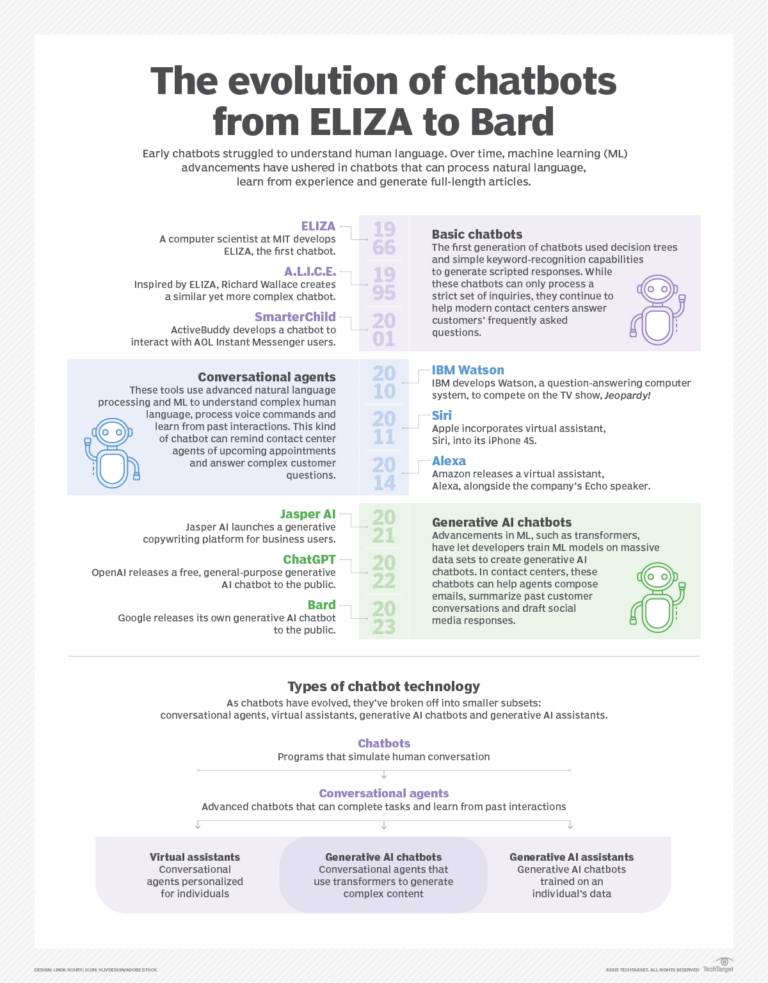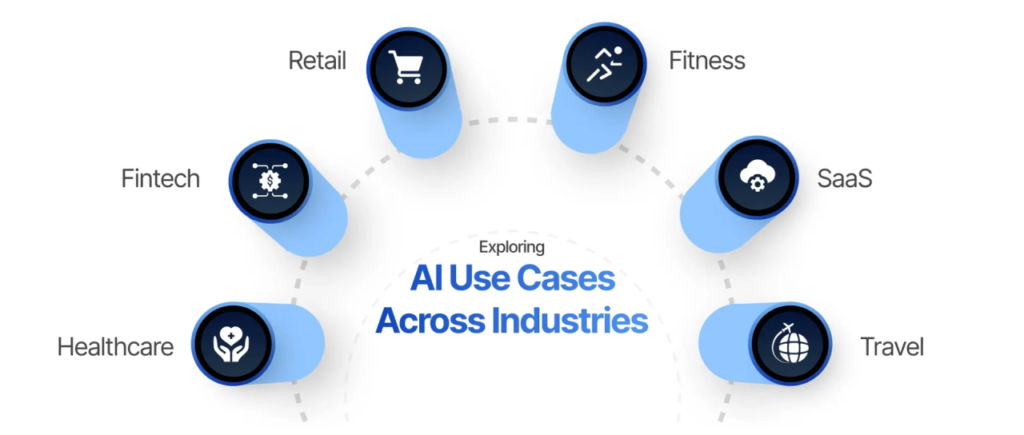
In the fast-evolving landscape of artificial intelligence, the advent of generative AI marks a paradigm shift, particularly in the realm of chatbots. Historically, chatbots have been limited by their reliance on rule-based systems, which restrict their ability to engage in dynamic and contextually rich conversations. However, recent advancements in generative AI algorithms have unlocked unprecedented capabilities, allowing these digital assistants to act as relatively unconstrained agents. This leap forward offers a glimpse into a future where AI-driven interactions are more natural, responsive, and versatile than ever before. In this blog post, we will explore the transformative potential of generative AI in chatbot development and its implications across various sectors.
The Evolution of Chatbots

Traditionally, chatbots like Woebot, Wysa, and Koa Health have relied on rule-based retrieval dialog models. These systems function by selecting appropriate responses from a pre-scripted dataset, which, while effective for specific use cases, tends to limit the breadth and depth of interaction. Such systems are adept at handling straightforward queries but falter when faced with more complex or nuanced conversations.
The Power of Neural Networks

The backbone of generative AI chatbots lies in their neural networks. These networks are composed of layers of interconnected nodes, each processing inputs and passing them along to subsequent layers. The complexity and depth of these networks enable them to understand and generate human-like text, making interactions feel more organic and less mechanical.
For instance, the use of unsupervised learning allows the model to absorb and understand the intricacies of language from diverse data sources. This broad exposure equips the AI with a more comprehensive grasp of context, idioms, and cultural nuances. When fine-tuned through supervised learning, the model can be tailored to perform specific tasks with a higher degree of accuracy and relevance. This combination results in chatbots that can handle a wide array of queries and provide more personalized and contextually appropriate responses.
The 'Black Box' Nature of Generative AI

One of the most intriguing aspects of generative AI is its ‘black box’ nature. The term refers to the often opaque inner workings of these deep learning models, which can make it challenging to predict their responses. While this unpredictability might seem like a drawback, it also opens the door to more dynamic and engaging interactions. Unlike their rule-based counterparts, generative AI chatbots can surprise users with their creativity and adaptability, making conversations feel more human and less scripted.
However, this unpredictability also necessitates careful oversight and continual refinement. It is crucial for developers to implement robust monitoring systems to ensure that the AI’s responses remain appropriate and aligned with user expectations. This balance between innovation and control is key to harnessing the full potential of generative AI in chatbots.
Applications Across Sectors

The versatility of generative AI chatbots makes them valuable assets across various sectors. In the retail industry, for example, AI-driven customer service agents can provide personalized shopping experiences by understanding and predicting customer preferences. As highlighted by Vassinen (2018), the ability to offer tailored recommendations and support can significantly enhance customer satisfaction and drive sales.
In the healthcare sector, generative AI chatbots hold promise for mental health support. Unlike rule-based mental health apps, these advanced chatbots can engage in more nuanced and empathetic conversations, providing users with a sense of understanding and companionship. This capability is particularly important in mental health contexts, where the quality of interaction can profoundly impact user well-being.
Educational institutions can also benefit from generative AI chatbots, which can serve as personalized tutors. By understanding individual learning styles and needs, these AI-driven tutors can offer customized support and resources, helping students grasp complex concepts and improve their academic performance.
Explore how LeverBot offers tailored solutions for various industries.
Challenges and Considerations

While the potential of generative AI chatbots is immense, it is essential to address the challenges associated with their deployment. The ‘black box’ nature of these models can lead to unpredictable or inappropriate responses, necessitating ongoing oversight and refinement. Additionally, ethical considerations around data privacy and security must be carefully managed to protect user information and build trust.
Developers must also be mindful of the potential for bias in AI models. Since these models learn from vast datasets, they can inadvertently incorporate and perpetuate existing biases present in the data. Ensuring diversity and fairness in training data and implementing mechanisms to detect and mitigate bias are critical steps toward creating equitable AI systems.
The Future of Generative AI Chatbots
As generative AI continues to evolve, its impact on the chatbot space will only grow more profound. The ability to create more natural, engaging, and versatile interactions holds promise for transforming customer service, healthcare, education, and beyond. By embracing the strengths of generative AI while addressing its challenges, we can unlock new possibilities for human-AI collaboration.
In conclusion, generative AI represents a significant leap forward in chatbot technology. Its capacity to understand and generate human-like text, coupled with the flexibility and adaptability of neural networks, positions it as a game-changer in the field. As we navigate the complexities and ethical considerations of this technology, the potential benefits for consumers and businesses alike are immense. By continuing to innovate and refine these systems, we can look forward to a future where AI-driven interactions are more intuitive, meaningful, and impactful than ever before.



1 thought on “How Generative AI is Transforming Chatbots”